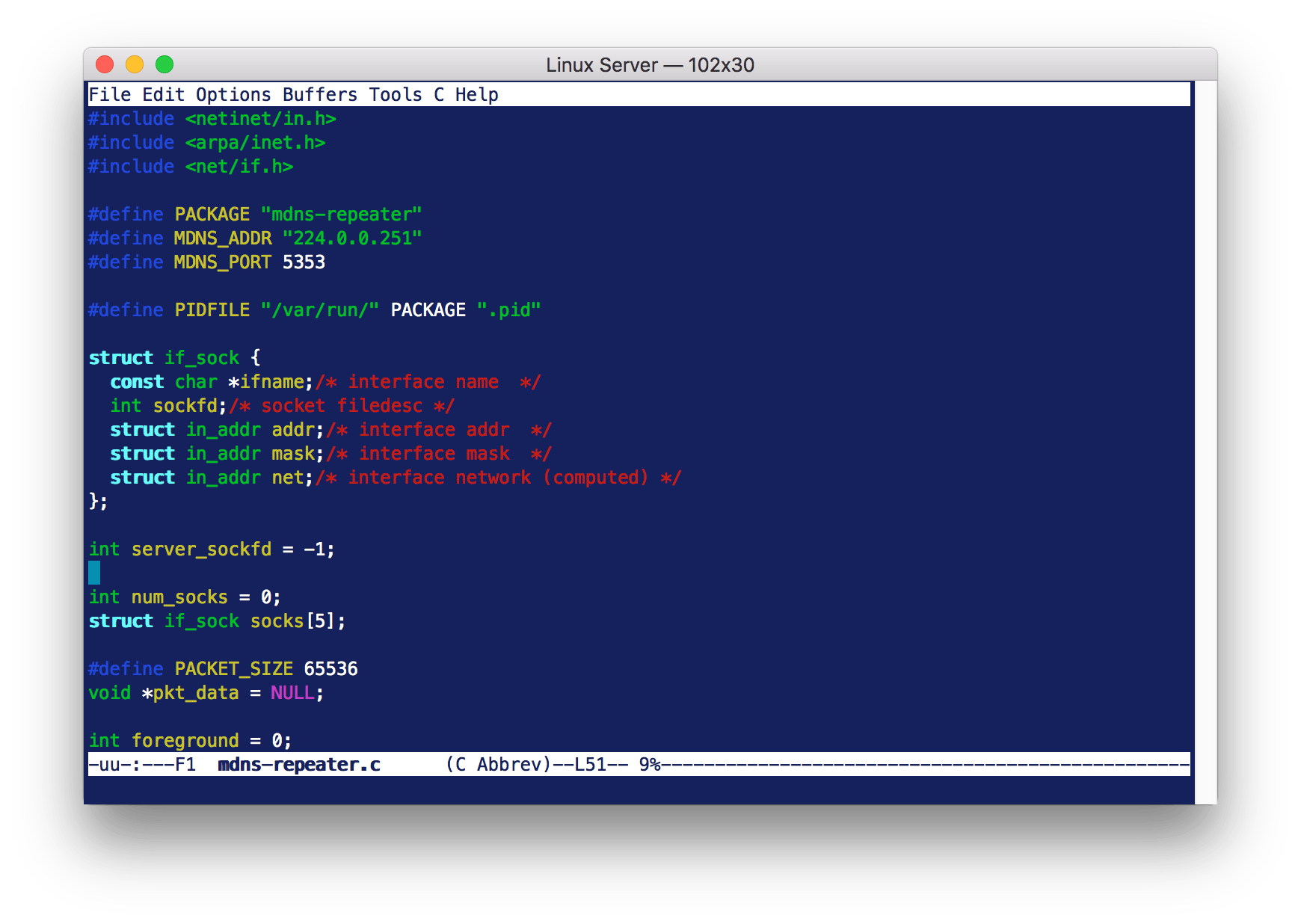
- #Unix emulator for mac how to
- #Unix emulator for mac install
- #Unix emulator for mac software
- #Unix emulator for mac mac
- #Unix emulator for mac windows
Open Launchpad from the Dock or with the Fn + F4 keyboard shortcut.By default, Launchpad contains the Other folder with the Terminal application in it.
#Unix emulator for mac mac
You can open Mac Terminal through Launchpad in two ways.

Here you will find Terminal.app application. To do this, open Finder (it is situated in the Dock menu always on the left), select Applications in the left menu and find the Utilities folder in the list of all programs that will open. The most direct way is to open Mac Terminal from a general list of programs.
#Unix emulator for mac how to
Below you can find the detailed list of how to open Terminal on your Mac computer. If you want to open Terminal on Mac then you should be aware that it can be done the same way as you open any other programs and in different ways. How to open macOS Terminal: 6 different ways You can configure dozens of parameters at the same time, the main thing is to know how Mac Terminal works, and its commands. Sometimes it’s much easier to make settings using the command line.

MobaXterm (Note that a paid "Professional Edition" also available but not necessary.).
#Unix emulator for mac windows
Note that Linux and MAC OS-X users are immune from such concerns, as these operating systems have built-in X-terminal emulation (i.e., these operating systems are Unix-like).įree Xterm emulators currently available for Windows include:
#Unix emulator for mac software
Emulation software allows Unix GUI applications to be rendered in an MS windows environment.
#Unix emulator for mac install
However, users wishing to run Unix applications with GUI interfaces must install emulation software on the PC.

For simple text-based applications, this is not a problem and can be accomplished using a terminal window in putty, etc. Often users will want to invoke Unix applications from PCs running MS-windows. Text-based versions of applications will not render graphics, nor will they have the familiar pull-down menus associated with common MS windows applications. Most Unix applications can be invoked by the user in either an X11 mode (GUI mode using an X-terminal) or a text-based mode that does not use the GUI. This interface is commonly called a graphical user interface or GUI interface. Unix computers use a protocol called X11 to provide windows-like functionality in Unix applications.


 0 kommentar(er)
0 kommentar(er)
